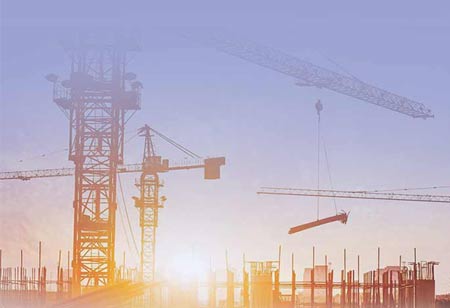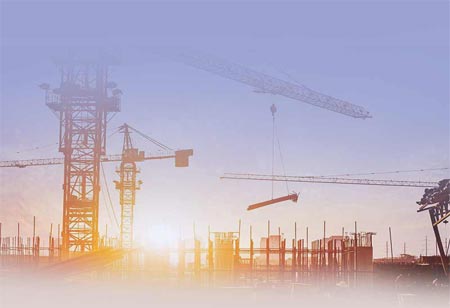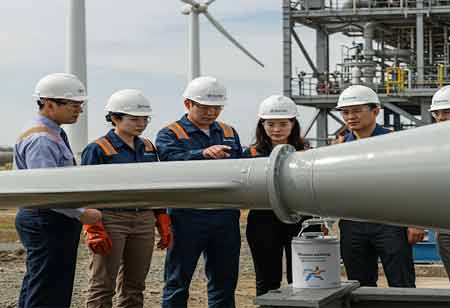Thank you for Subscribing to Construction Business Review Weekly Brief
Specials
- Apartment and Condominium Contractors Canada
- Decking Canada
- Architectural Glass Europe
- MEP APAC
- Construction Saudi Arabia
- German Apartment and Condominium Contractors
- Construction Law APAC
- Outdoor Construction
- Foundation Construction Canada
- MEP Canada
- Kitchen and Bath
- Cold Storage Construction APAC
- Precast Concrete Europe
- Construction Staffing Europe
- Pre-Construction Services
- Flooring System APAC
- Scaffolding Canada
- Swimming Pool Construction Canada
- Construction Management Canada
- Cold Storage Construction Canada
- Flooring Systems Europe
- Residential Construction
- Concrete Canada
- Construction Cladding Europe
- Construction Cladding APAC
- Concretes, Aggregates and Construction Materials APAC
- Concretes, Aggregates and Construction Materials Europe
- Commercial Contractors Europe
- Commercial Contractors APAC
- Dummy
- Construction Insulation, Coating and Waterproofing
- Construction Management APAC
- Landscaping Canada
- Construction Coating Europe
- Construction Tech Startups Europe
- Insulation Services Europe
- Mechanical Contractor Canada
- Mould Remediation and Testing Europe
- Swimming Pool Construction APAC
- Building Sealing Solutions Europe
- Construction Engineering Services
- Mechanical Electrical and Plumbing
- Roofing Systems Europe
- Architectural Glass APAC
- Startups APAC
- Construction Forensic and Owners Representative
- Flooring System
- Waterproofing APAC
- Wall Systems
- Safety and Compliance Europe
- Construction Equipment
- Modular and Prefab Construction
- Architectural Glass
- Construction MENA
- Construction Demolition and Recycling Europe
- Modular Construction Europe
- Construction Interiors
- Steel Building APAC
- HVAC
- Doors and windows
- Modular Construction APAC
- Building Information Modeling APAC
- Sustainable Construction APAC
- Building Restoration and Maintenance
- Commercial Contractors
- Specialty Construction
- Construction Engineering Canada
- Construction Engineering MENA
- Modular Construction Canada
- Construction Demolition Canada
- Roofing and Siding Systems
- Construction Latam
- Construction Staffing
- Roofing Systems APAC
- Construction Consulting
- Steel Building Europe
- Construction Demolition and Recycling APAC
- Safety and Compliance APAC
- Concretes, Aggregates and Construction Materials
- Construction Cladding
The Environmental Impact of Steel Buildings
Steel buildings have become a cornerstone of modern construction, praised for their durability, versatility, and strength.

By
Construction Business Review | Monday, August 05, 2024
Stay ahead of the industry with exclusive feature stories on the top companies, expert insights and the latest news delivered straight to your inbox. Subscribe today.
While steel buildings present several environmental challenges, advancements in sustainable practices and technologies offer promising solutions.
FREMONT, CA: Steel buildings have become a cornerstone of modern construction, praised for their durability, versatility, and strength. However, their environmental impact is a multifaceted issue that requires careful consideration.
Resource Extraction and Manufacturing
The steel journey begins with iron ore extraction, a process that significantly disturbs the natural landscape. Mining activities not only displace large volumes of soil and rock but also contribute to deforestation and loss of biodiversity. Furthermore, transporting raw materials to manufacturing plants consumes fossil fuels, adding to the overall carbon footprint.
The steel manufacturing process itself is energy-intensive. Traditional steelmaking involves blast furnaces that burn large quantities of coal, emitting substantial amounts of carbon dioxide (CO2), a greenhouse gas that exacerbates global warming.
Construction and Operational Efficiency
Despite the high initial environmental cost, steel buildings offer several benefits that can mitigate their overall impact. One of the most significant advantages is their durability and longevity. Steel structures can withstand harsh weather conditions, earthquakes, and other natural disasters better than many other materials, reducing the need for frequent repairs and rebuilds. This longevity translates into lower material consumption and waste over time.





